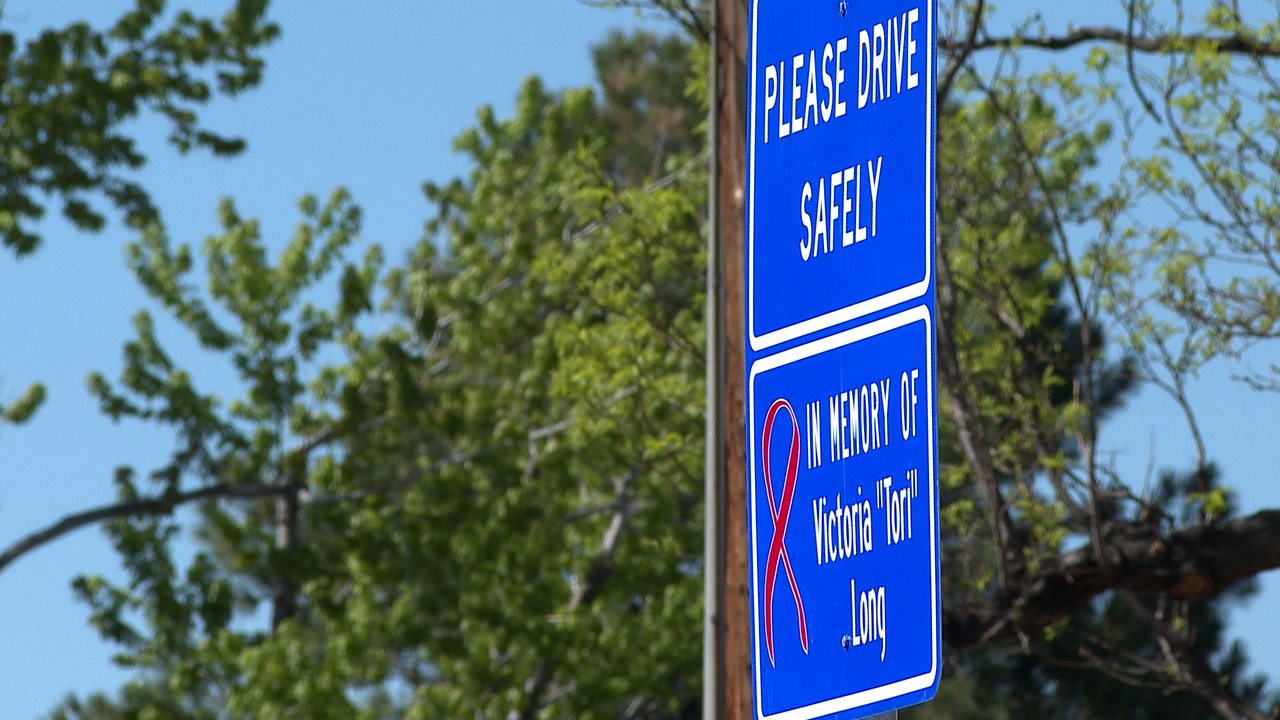DENVER – (KDVR) Colorado’s topsy-turvy weather weekend might hold valuable clues for the rest of the nation’s COVID-19 protocols. The cold upsets government and business coping strategies.
Labor Day weekend in Colorado set a new record for hot days and broke with a record cold snap – dropping 50 degrees overnight and ushering in an early September winter storm.
It affected both public and private institutions within the day.
Winter temperatures will take a toll on restaurants struggling to fill eateries to capacity.
Like most states, Colorado implemented social distancing rules for restaurants in the pandemic’s early days. Rules specify they may have 50% capacity or 50 patrons, provided they’re seated more than six feet apart.
To skirt these indoor restrictions, many restaurants opt for outdoor dining. According to the Colorado Restaurant Association, these dine-in capacity limits present the industry’s single biggest hurdle to getting back on track.
The association, or CRA, compiles a monthly report of coronavirus-related hits to revenue, employment, and operations. Early in the post-lockdown opening, outdoor seating only helped a small minority of restaurants get back to capacity.
In June, the most recently available report, 80% of restaurants operated at less than half capacity.
KDVR’s Nicole Fierro spoke to Denver’s restaurateurs during the early snow day.
Each hoped they can adjust to the winter months by adding winter comfort foods, increasing curb-side and delivery options, adding tents and space heaters to outdoor areas, or expanding restaurant space altogether – a daunting challenge in a city where limited space causes rapidly mushrooming home prices.
Along with restaurants, schools saw some snow-borne hardships.
The winter snap forced several of Denver Public Schools’ food centers to close or relocate on Tuesday. Colorado districts made food delivery and food distribution centers necessary earlier in pandemic lockdown as parents and children’s advocates claimed school kids depend on publicly funded food even as in-person schooling stopped.
Nationally, schools will have to adjust as fall and winter lead to flu season.
Of America’s 50 largest school districts, 35 began the fall semester remotely. They vary in how long they plan to continue. Some have already begun physical classes, while others will remain virtual until 2021.
Colorado’s districts each have their own plans, but the cold and an early hiccup revealed some faul
Denver Public Schools, with nearly 94,000 students, is the state’s largest district. DPS schools are to remain entirely virtual until Oct. 16 – the end of school’s first quarter. Jefferson County School District No. R-1, Colorado’s second largest, has begun in-person learning in the week following Labor Day. Douglas County, the third largest, has been in-person but abruptly had to quarantine 174 people who were exposed to two confirmed COVID-19 cases at Legend High School.
